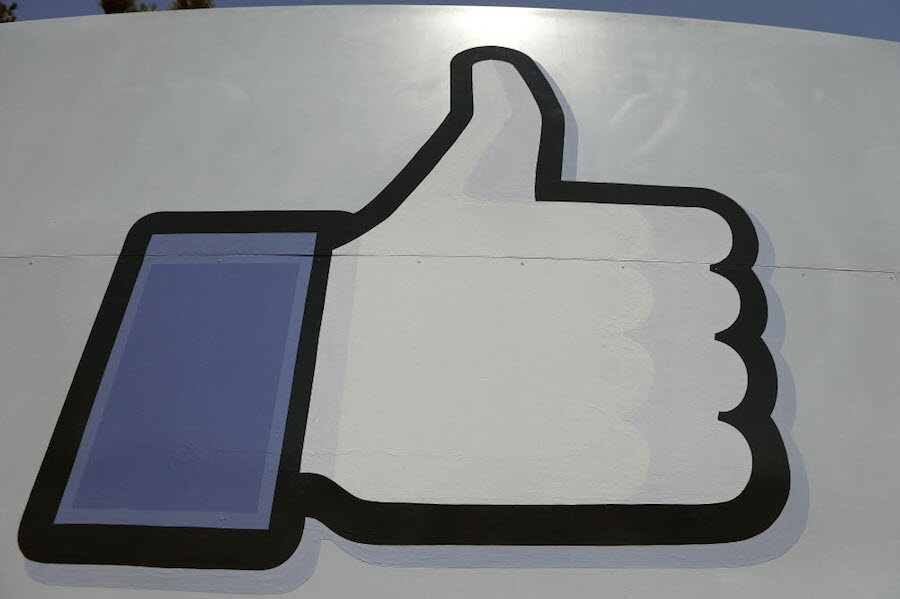Is sending money though Facebook Messenger safe?
Loading...
Sending money to a friend will soon be just a Facebook message away.
A new, free feature in Messenger, Facebook’s messaging app, will let users link their account to a Visa or MasterCard debit account. Once they do so, they’ll be able to send a payment to anyone on their list of contacts with just a couple of taps.
The feature will be available on Android, Apple’s iOS operating system and desktop. It will be rolling out in the next few months, starting in the United States, according to Facebook.
To send money via the Facebook app, users start a message to a contact in Messenger, tap a new dollar-sign icon, then enter the amount they want to send. Tapping the word “Pay” completes the transaction.
To receive money for the first time, a user opens the message and taps “Add Card” to tell the app which debit card account should receive the payment.
Facebook says the money will be transferred instantly, but, as with other kinds of deposits, some banks may take up to three days to process the payment.
With the move, Facebook joins social-media peer Snapchat, which introduced Snapcash in November, in the increasingly competitive mobile payments field.
Snapcash works through the disappearing-post app’s chat feature, letting users who have signed up simply type a dollar amount and convert it from a chat message to a Snapcash payment.
Addressing security concerns, Facebook noted in a post Tuesday that it already handles more than 1 million transactions every day for games and other payments.
“Incorporating security best practices into our payments business has always been a top priority,” the company said in the post. “We use secure systems that encrypt the connection between you and Facebook as well as your card information when you ask us to store it for you.”
Once they’ve added a debit card to their account, users may create a personal identification number to provide additional security any time they try to send money. Users of iPhones or iPads also may enable Touch ID that would be required for the transactions.
Doug Gross is a staff writer covering personal finance for NerdWallet. Follow him on Twitter@doug_gross and on Google+.





